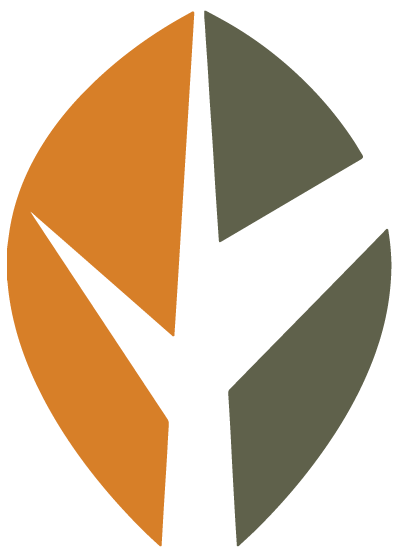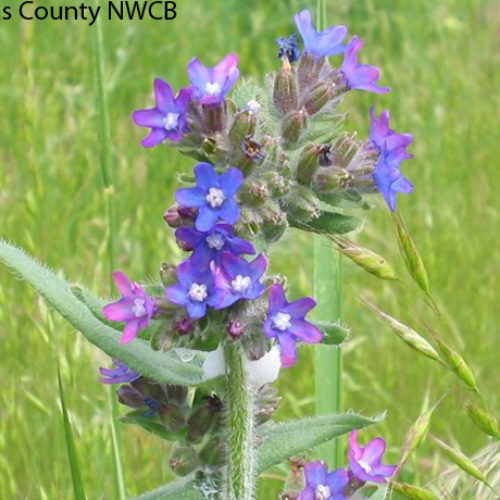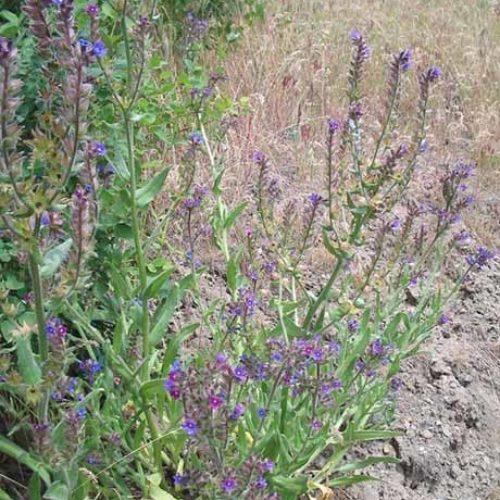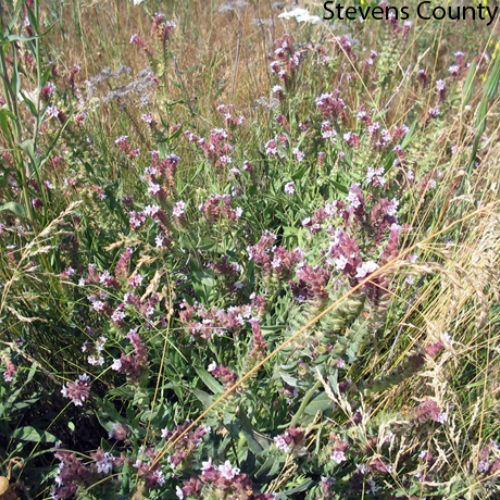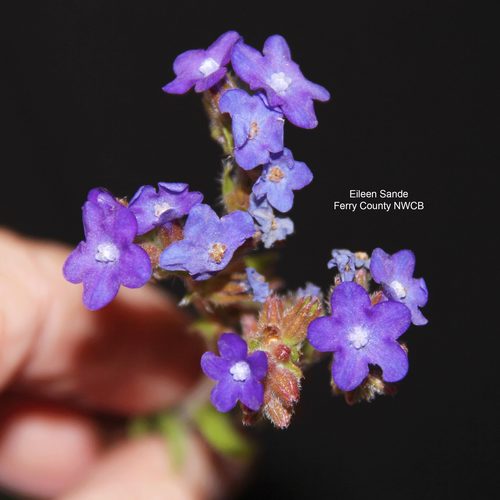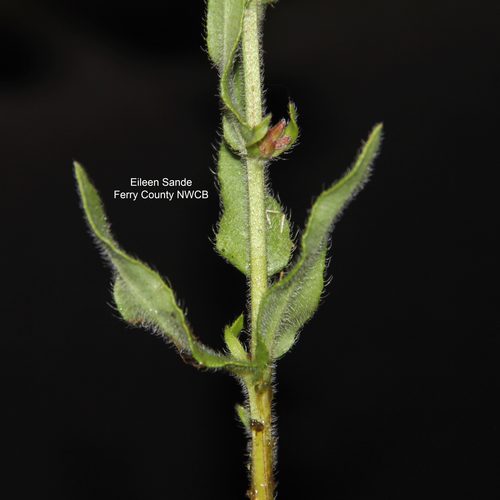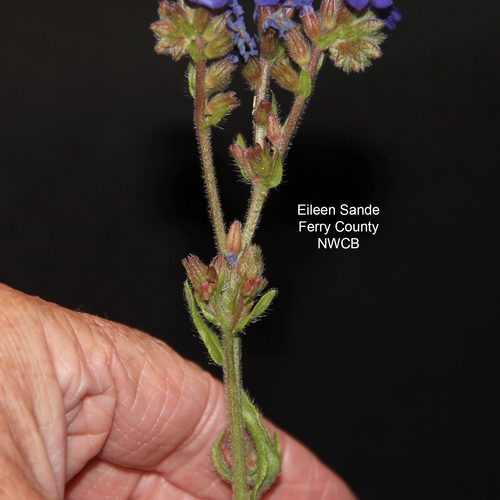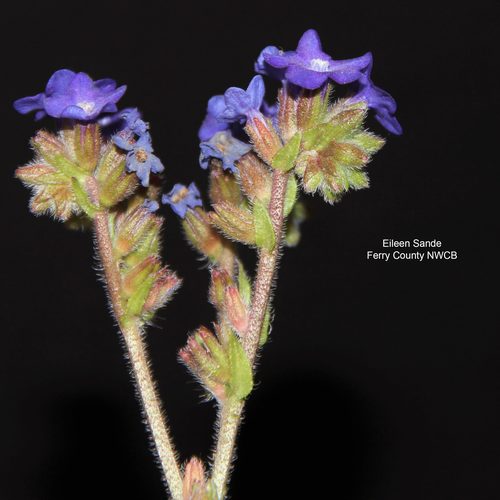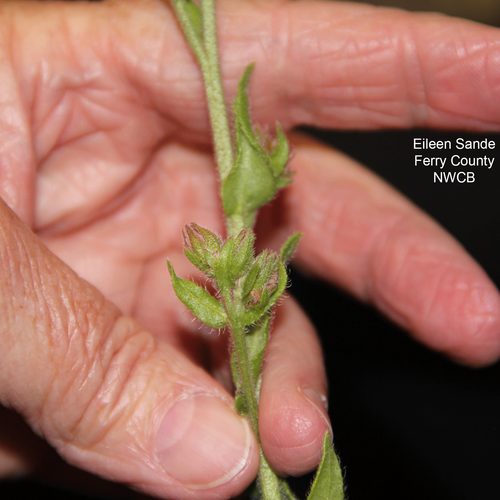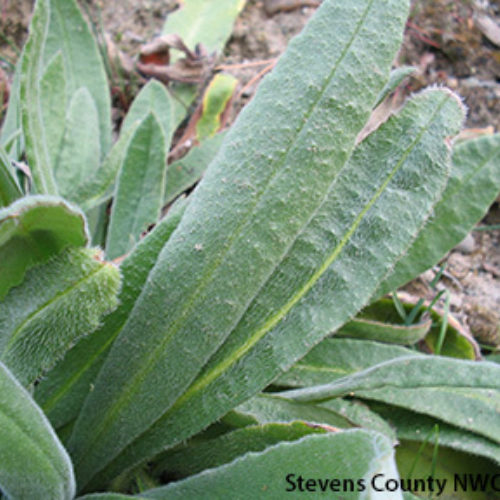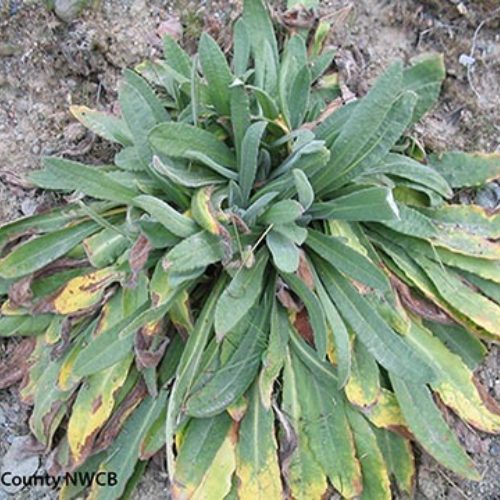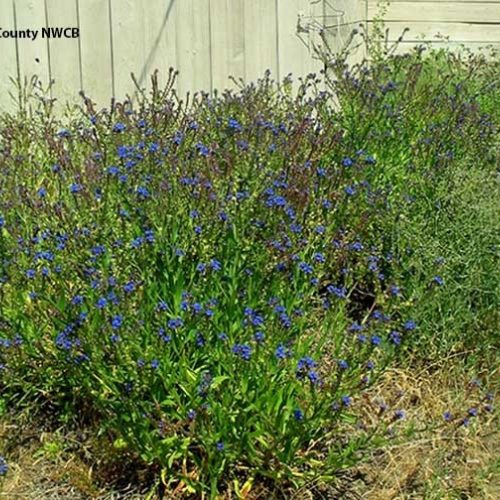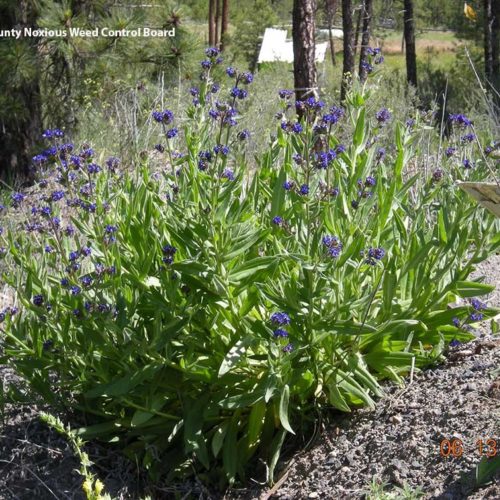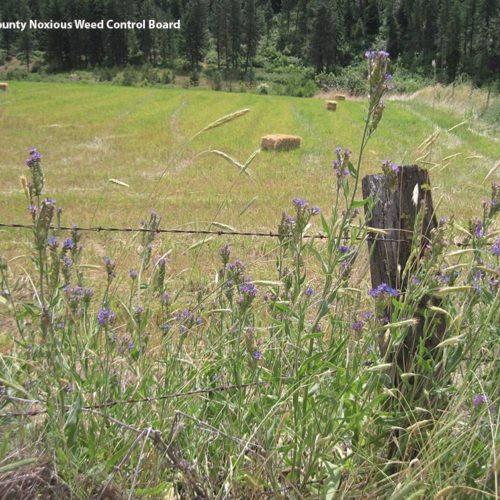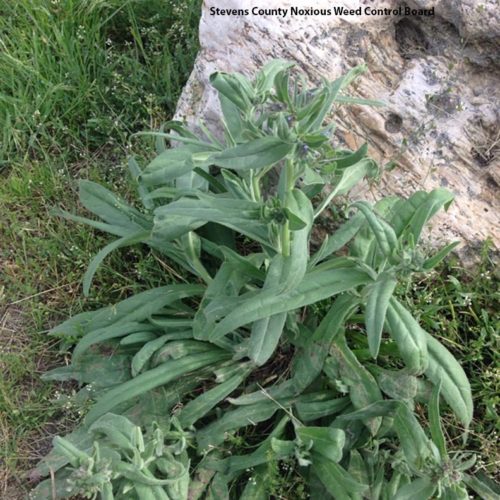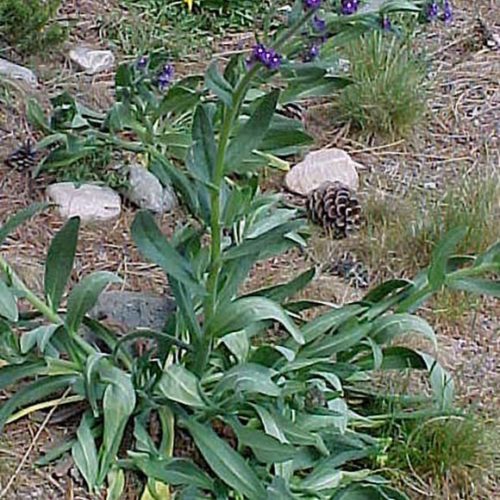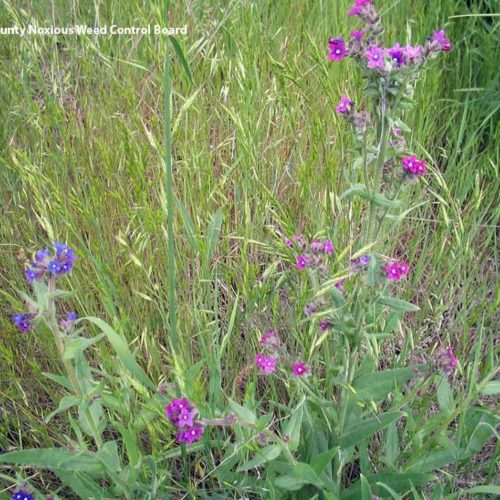Common Bugloss
Anchusa officinalis
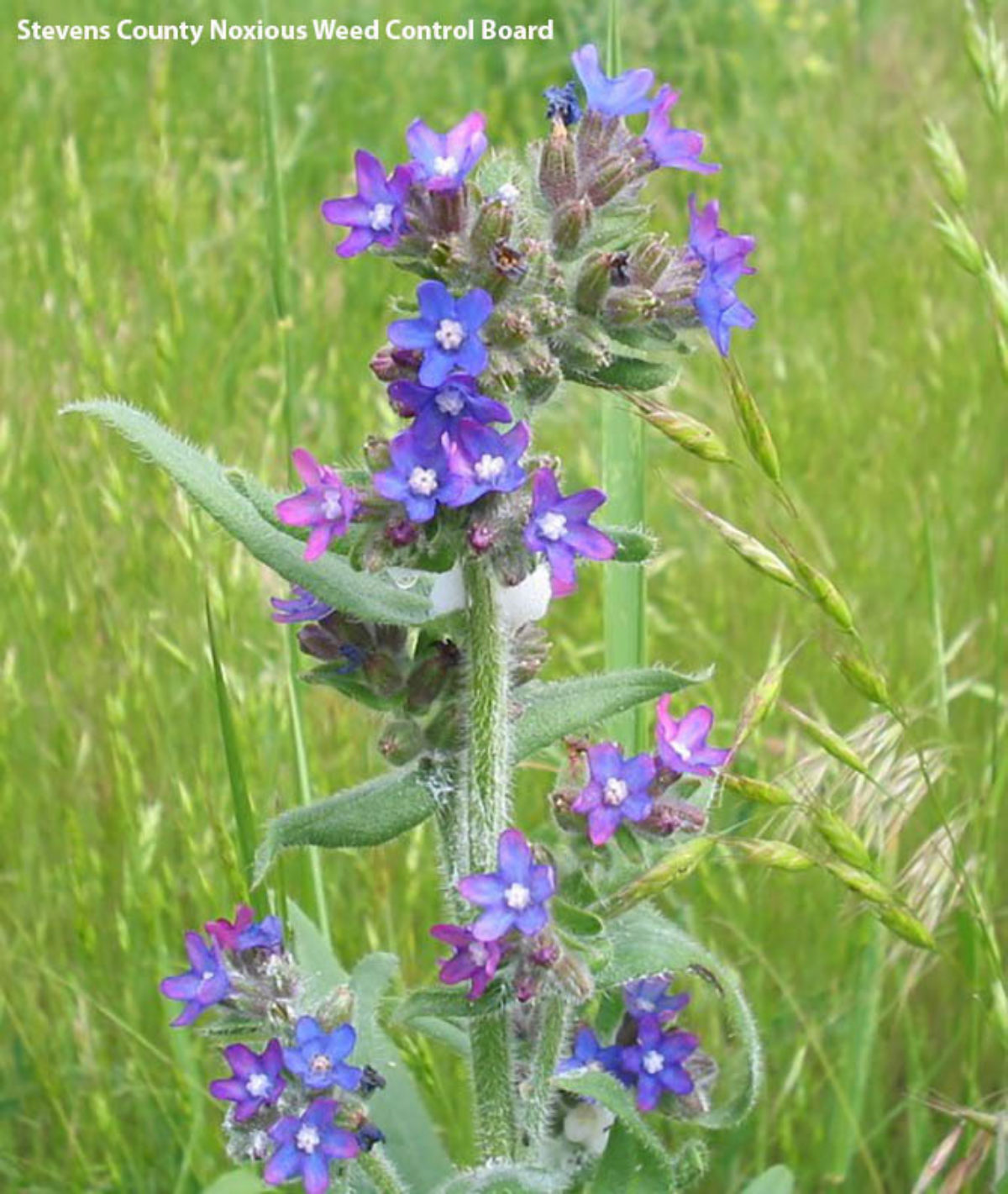
Family: Boraginaceae
Other Common Names: alkanet, anchusa
Weed class: B
Year Listed: 1988
Native to: Europe and Western Asia
Is this Weed Toxic?:
humans, livestock
Legal listings:
This plant is also on the Washington State quarantine list. It is prohibited to transport, buy, sell, offer for sale, or distribute plants or plant parts of quarantined species into or within the state of Washington or to sell, offer for sale, or distribute seed packets of seed, flower seed blends, or wildflower mixes of quarantined species into or within the state of Washington. Please see WAC 16-752 for more information on the quarantine list. For questions about the quarantine list, contact the Washington State Department of Agriculture's Plant Services Program at (360) 902-1874 or email PlantServices@agr.wa.gov.
Why Is It a Noxious Weed?
Common bugloss is a threat to agriculture. It invades alfalfa fields and pastures. The fleshy stalks can cause baled hay to mold.
How would I identify it?
General Description
Common bugloss is a perennial herb that can flower its first year but typically starts out as a basal rosette of leaves. It has a deep taproot and can reach 1 to 2 feet tall. The entire plant is covered in coarse hairs.
Flower Description
Flowers are blue to purple, with white throats and 5 equal lobes. Flowers clusters form cymes or helicoid clusters (like a spiral or helix). As they mature, coils unfurl and straighten out.
Leaf description
Common bugloss has basal and alternate stem leaves. Lower leaves are narrow, oblong, and slightly pointed. Its leaves decrease in size going up the stem and upper leaves are thin and sessile (no petiole).
Stem description
Multiple fleshy, flowering stems form from each taproot.
Fruit Seed Description
Each flower produces four nutlets, with each nutlet containing one seed.
Where does it grow?
It grows in sandy, gravelly areas such as disturbed areas, roadsides, fields and pastures. Please click here to see a county level distribution map of common bugloss in Washington.
How Does it Reproduce?
Common bugloss reproduces by seed.
How Do I Control It?
Mechanical Control
Small invasions can be dug out, making sure to remove the taproot. Dig plants before going to seed or if already forming seeds, make sure to bag removed plants to prevent seed dispersal.
Herbicide Control
Please refer to the PNW Weed Management Handbook, or contact your county noxious weed coordinator.
For More Information
See our Written Findings for more information about common bugloss (Anchusa officinalis).
UW Herbarium (WTU) image database information.
Pierce County NWCB Fact Sheet on common bugloss
Spokane County NWCB Fact Sheet on common bugloss
Stevens County NWCB Fact Sheet on common bugloss
Thurston County NWCB Fact Sheet on common bugloss

